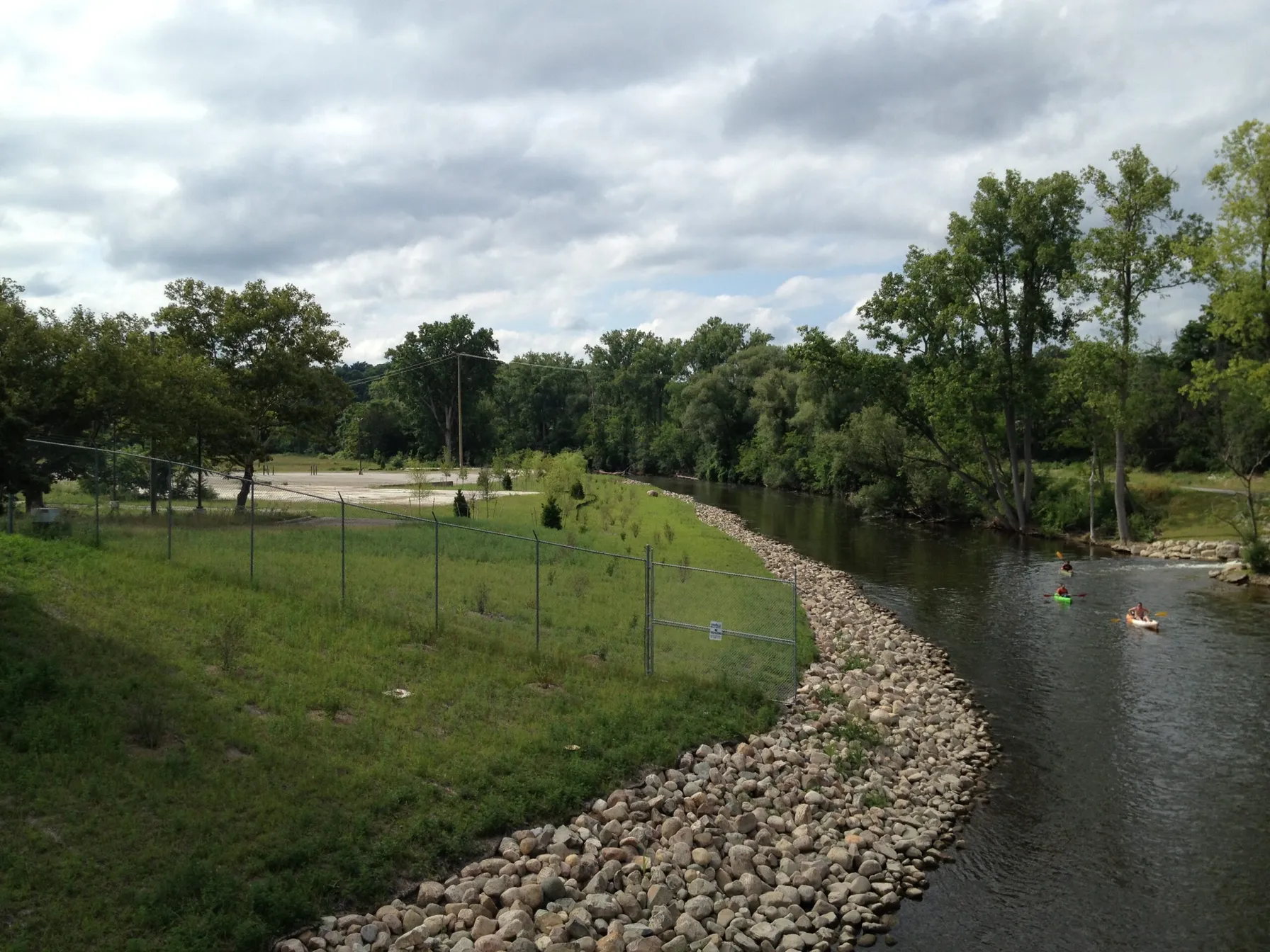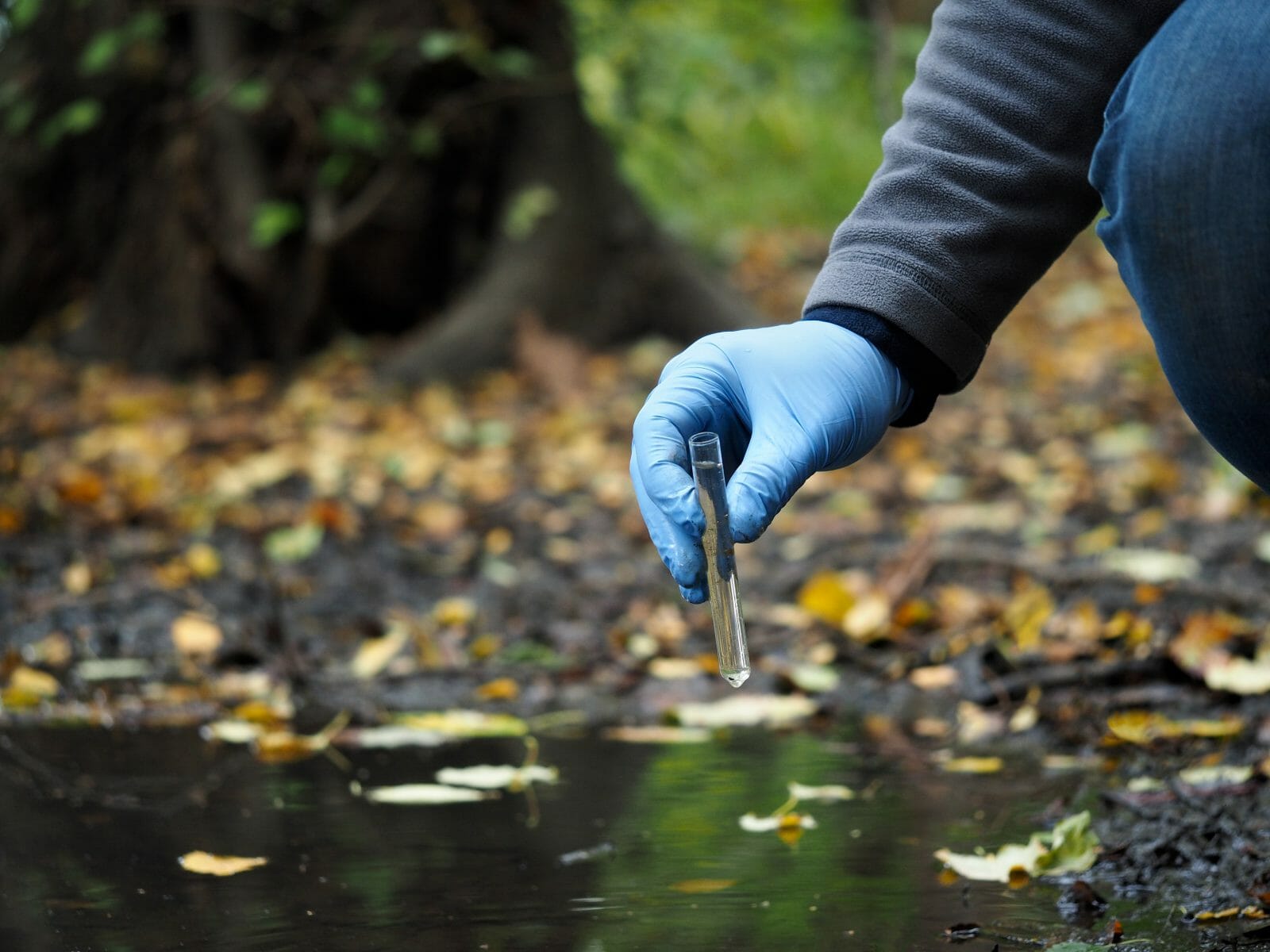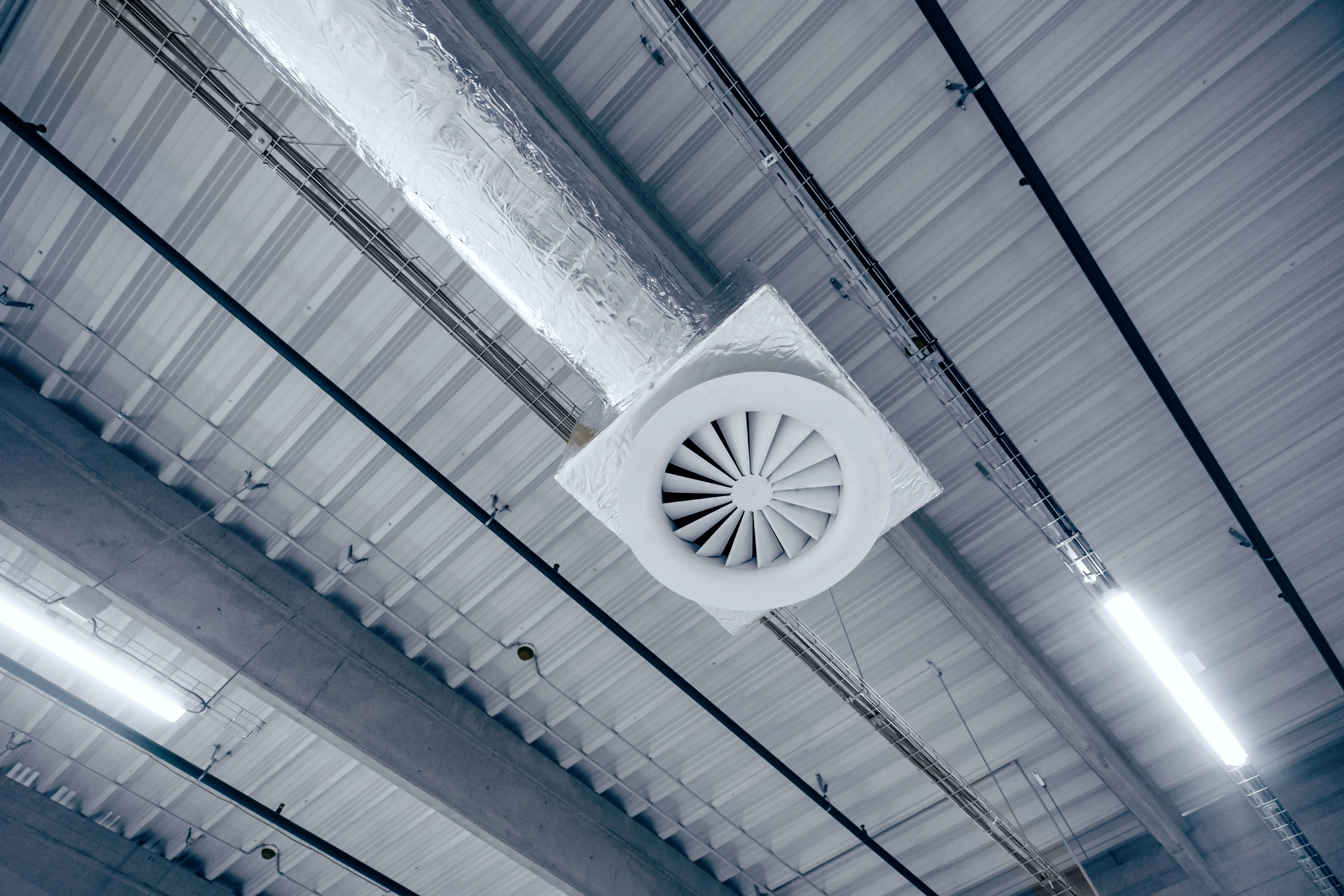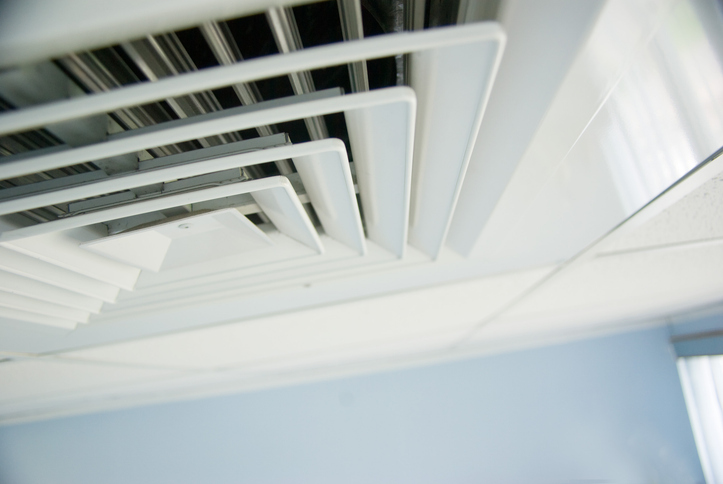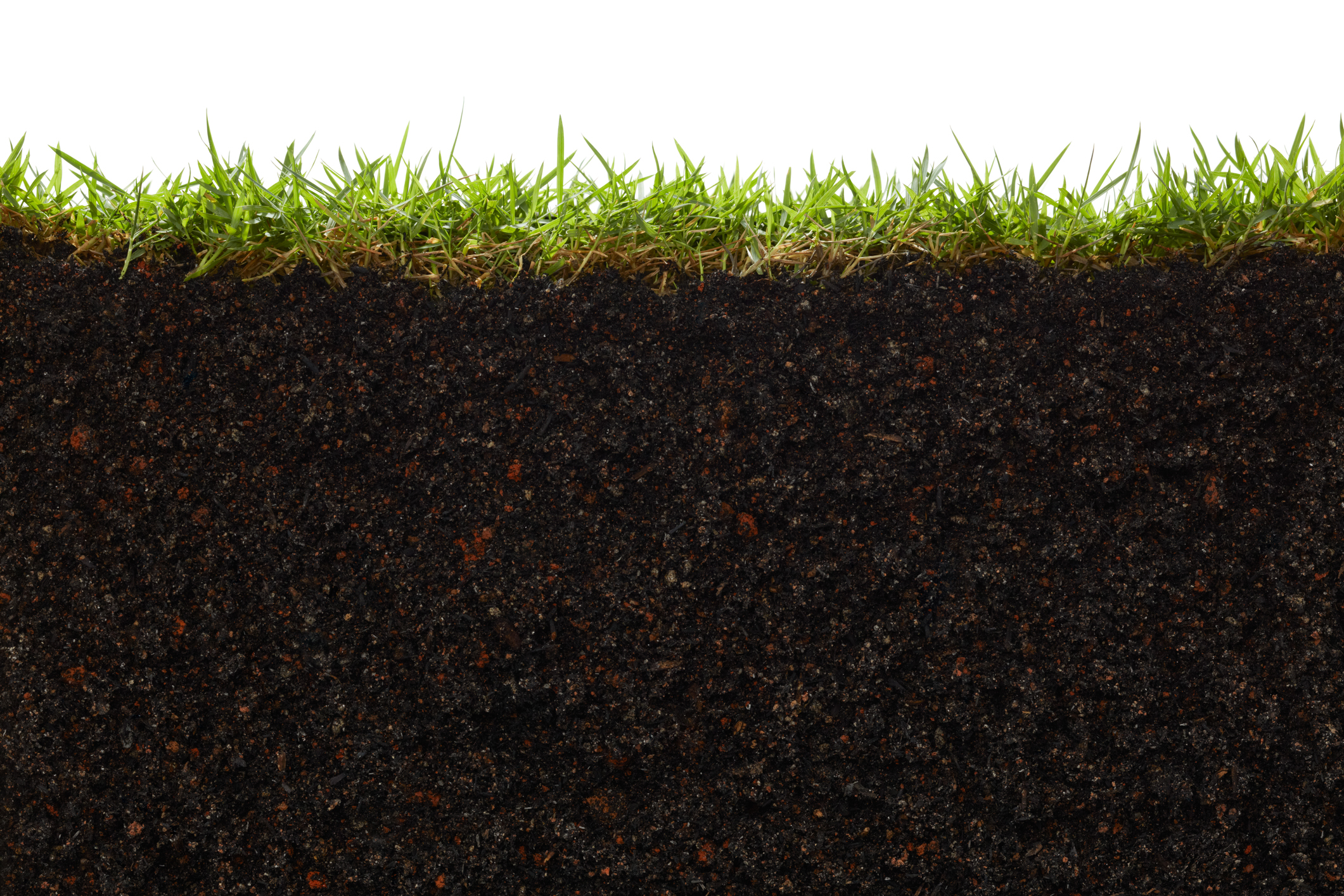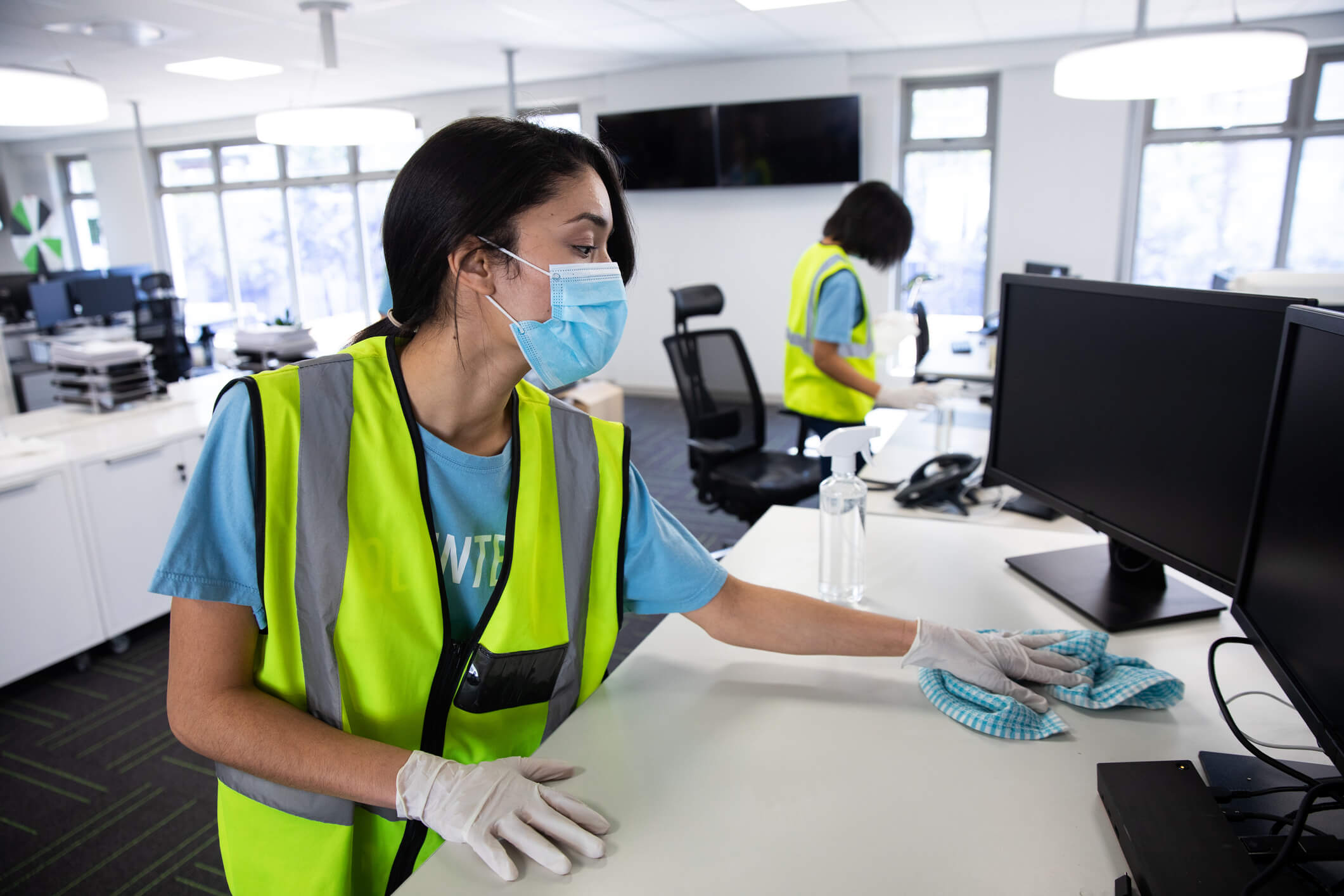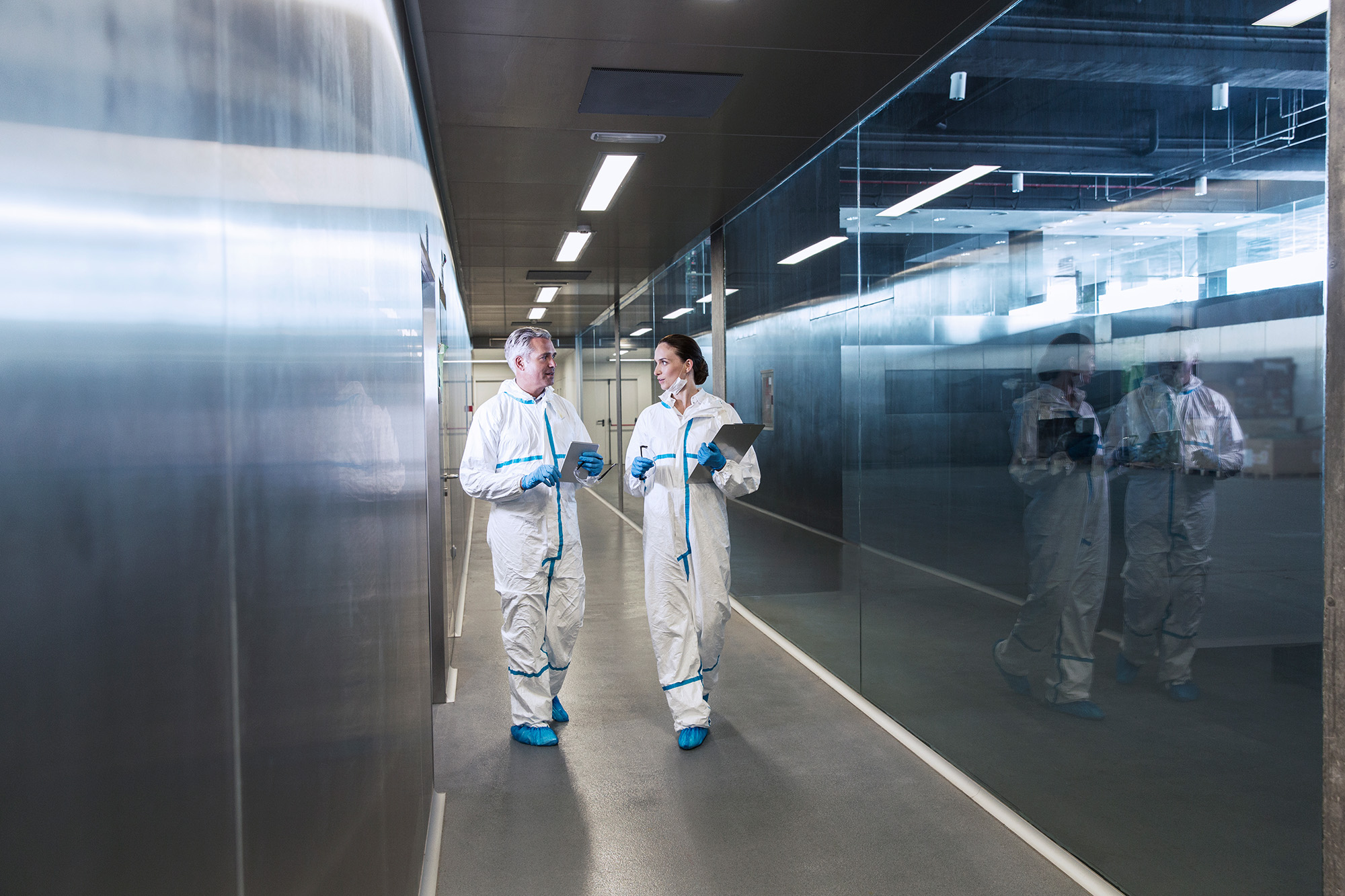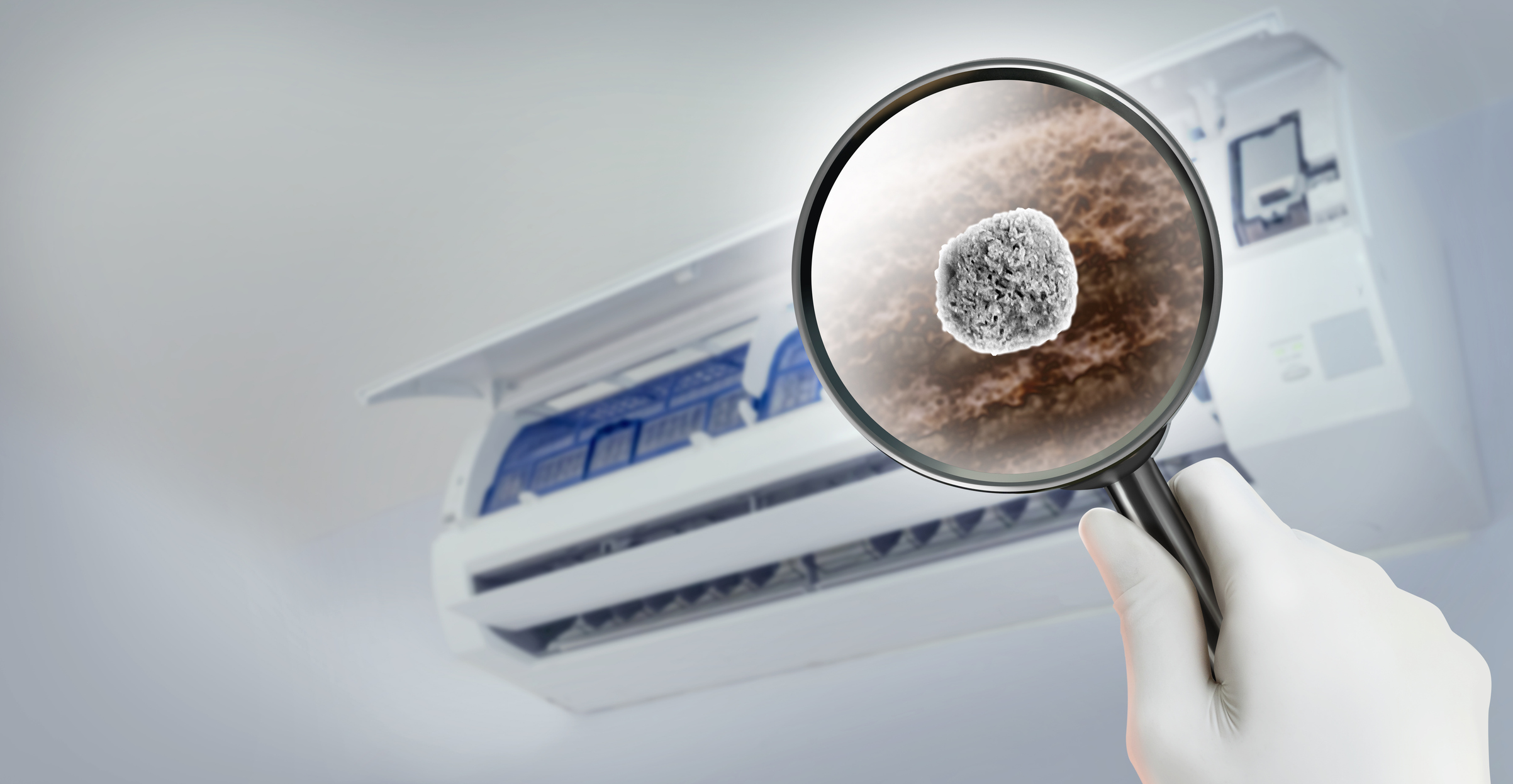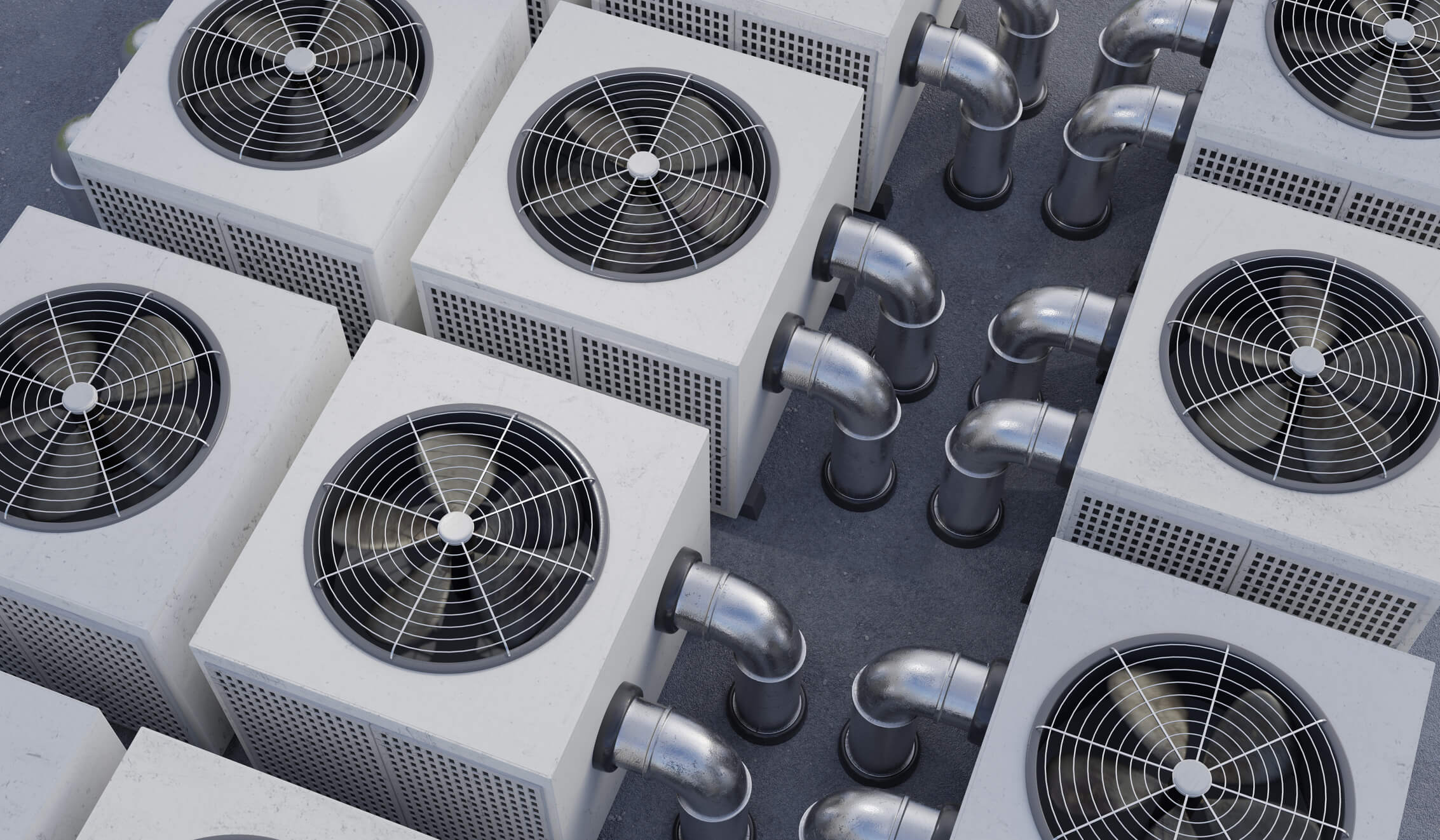Natural or HVAC ventilation provides an adequate supply of fresh outdoor air to remove contaminants generated by occupants and processes.
What Is an Indoor Air Quality Assessment?
An indoor air quality assessment involves identifying and addressing air quality issues within a facility to ensure a healthy and safe environment for occupants. The assessment process typically includes an initial inspection, laboratory testing for contaminants, and recommendations for improvements. LEED-certified buildings prioritize indoor air quality, adopting measures to maintain good IAQ throughout construction and occupancy.
Many investigation strategies can help you uncover IAQ concerns and sources.
An initial inspection can help you get started. No matter what type of investigation you perform, your initial assessment should yield:
- Names and contact information on all staff and contractors whose duties could affect IAQ.
- An understanding of the training and experience of these staff members.
- Schedules and procedures for facility operations and maintenance.
- Schedules and procedures for housekeeping duties.
- Schedules and procedures for pest control.
- A floor plan with drawings and notes on air pressure relationships in each room and any IAQ problem indicators.
Evaluate the overall environment: Next, scientists will analyze the lab samples. Testing can reveal bioaerosols and biological contaminants. If your HVAC tests positive for microbial contamination, call in a professional, like the TRC team, to remediate it.
LEED Indoor Environmental Quality Testing
Leadership in Energy and Environmental Design (LEED) rates a building’s environmental impact. A LEED-certified building uses a lower number of resources than average and promotes a healthy interior space. In the context of indoor air quality (IAQ), a LEED-certified space takes measures to ensure good IAQ through:
Our consultants can identify opportunities to improve a building in these ways and more, before and during construction.
A LEED-certified building design aims to reduce contaminant sources generated by building materials and furnishings and cleaning chemicals.
Proper filtration removes contaminants from outdoor air that comes inside, improving IAQ.
Pre-Construction LEED Strategies
The strategies that RC’s LEED consultants recommend may include:
- HVAC protection: Protecting HVAC systems from structural weaknesses, malfunctions and hygiene issues
- Source control: Mitigating contaminant sources such as building and furniture materials
- Pathway interruption: Obstructing pathways for contaminants from the outdoors or other areas
- Housekeeping: Developing housekeeping plans that reduce exposing chemical vapors
- Scheduling: Integrating a flush-out into the building’s construction plan to remove residual contaminants
TRC consultants understand how to work with a variety of facility types and can customize a LEED strategy to meet your organization’s needs.
Construction IAQ Management Plans for LEED’s Certification
At TRC, our experts can assist with two types of LEED-based plans for acceptable IAQ. Whether you request EQ credits for LEED certification or use LEED as a guideline, we can create:
You may combine these strategies to ensure compliance with LEED standards throughout each step of the construction and pre-occupancy process. Our specialists can develop a comprehensive plan for maintaining acceptable IAQ.
Strategies related to the building’s construction, such as construction practices, HVAC systems, building structure and building layout
Plans related to the building’s interior and operations, including furniture materials, housekeeping plans, interior layouts and pre-occupancy flush-out
LEED’s Air Quality Testing
Certified industrial hygienists (CIH) can manage air quality testing for documentation and verification. These tests measure the maximum concentrations of contaminants outlined in LEED standards. The samples taken by our CIH team depends on your space’s square footage and the number of air handlers in the area. Our CIH team members can perform testing related to the following contaminant limits:
- Formaldehyde: 27 parts per billion
- Ozone: 0.075 parts per million
- Particulates (PM10): 50 micrograms per cubic meter of air
- Particulates (PM2.5): 15 micrograms per cubic meter of air
- Total volatile organic compounds: 500 micrograms per cubic meter
- Carbon monoxide: 9 parts per million (ppm), or no greater than 2 ppm above outdoor levels
- Target volatile organic compounds: 35 specific compounds
After performing on-site readings and laboratory sample testing, our CIH team will generate a report of their discovered results. You may then use the documents for your records or as part of the LEED certification process.
Proactive Indoor Air Quality Surveys
Regularly scheduled proactive IAQ survey programs provide ongoing monitoring for potential air contaminants. IAQ surveys happen periodically, with frequency based on your building’s IAQ needs. Their steps include:
Air sampling and on-site readings test for various contaminants.
Look for obstructions, contaminants or structural problems in the air ducts. Address these concerns before they cause health issues.
An HVAC specialist should check your system for debris and residue. They’ll prescribe cleaning procedures to restore hygienic conditions.
The HVAC specialist will also look over the system, ensure it works properly and review your maintenance plan.
A CIH should walk through your facility, inspecting equipment, systems, operations and the environment.
The inspectors will ask about any occupant activities that may impact air quality.
The specialists will ask about the chemicals used in operations in and near your building.
An analysis of nearby buildings and their activities can reveal their influence on your building’s IAQ.
Planned Indoor Air Quality Management Programs
Developing a comprehensive IAQ management program for your building requires many steps, including:
- Assign an IAQ manager: Pick someone to run your indoor air quality workplace program. They’ll be the point of contact and responsible party for all IAQ issues.
- Train employees in IAQ: Facilities staff should receive training on how to identify and resolve IAQ issues.
- Evaluate IAQ: Perform a baseline IAQ audit to guide your program. Keep up with proactive IAQ surveys.
- Design policies and protocols: Create a written IAQ manual that includes the policies and procedures necessary to maintain acceptable IAQ. The manual can contain training requirements and instructions specific to your workplace.
- Structure an IAQ program budget: Your IAQ program might call for HVAC upgrades or frequent preventive maintenance. You might call in consultants regularly for IAQ sampling or employee training. Resolving issues may also require a consultant. Develop a plan for your expected IAQ expenses, and leave some room for unexpected problems and expenditures.
Typical Environmental-Related Disease Investigations
A building’s environment can cause a wide range of symptoms and health conditions. Some of the more common disease investigations we conduct include:
Our team includes a diverse staff of safety professionals who offer consulting and litigation support for building-related diseases. Learn more about our expert witness services.
Our partners can test your building’s water for Legionella bacteria when you have reports of Legionnaires’ disease.
When your building has a cluster of illnesses or cancer, we can review their incidences and find patterns.
If a disease impacts your organization, we can assist in developing a plan to prevent its future occurrence.
Our consultants can help you create a construction control plan to resolve existing diseases or prevent disease occurrence.
If you have reports of Aspergillosis, we can inspect your building for the Aspergillus fungus and other types of mold.
When exposure to endotoxins causes disease outbreaks in your organization, we can locate the source and help resolve the issue.
Our team can identify the source of avian diseases when they affect your organization’s members.
Evaluating the Occurrence of Building-Related Diseases
During an environmental-related disease investigation, our experts examine multiple factors to determine a disease’s source. The TRC team aims to answer questions such as:
- What kinds of symptoms do affected occupants experience?
- How many new cases occurred throughout a period?
- What was the total number of people with the condition at a specified point in time?
- How do disease rates affect occupants by population?
- Do occupants perform any activities that make them more susceptible to specific symptoms?
By addressing these questions in addition to related topics, our team can determine the source and nature of a specific disease.
Procedures for Environmental-Related Disease Investigation
Investigating a building-related disease involves steps such as:
If we find the source of the disease, we can help you take steps to resolve the issue and prevent future incidents from occurring.
Discussing on-site activities, the work environment and other environmental elements with staff helps us understand contributing factors.
Using direct readings and lab analysis, our experts can test for microorganisms and other contaminants in the building environment.
Scientists and industrial hygiene experts can visually examine the site for mold, structural issues and other contributing factors.
The Workplace Odor Survey Process
During a professional odor assessment from TRC, our team will:
- Interview management and other staff
- Gather general information about the facility
- Visit the site of the odor and collect relevant data
- Record the source of the odor and its emissions
- Sample the air near the odor and its potential sources
- Analyze samples in a laboratory
- Report analysis results and assessment findings
Once we determine the source and nature of the odor, we can recommend actions for remediation.
Odor Remediation and Consulting Options
The steps taken to resolve an odor issue depend on the source of the odor and its hazard level. The results from a odor survey may drive us to recommend actions such as:
- Performing further IAQ testing for mold, bacteria and other contaminants
- Repairing or replacing HVAC systems, plumbing or another building component
- Exterminating pests that cause disease and odor
- Removing pollutants and gases
After overseeing the remediation process, we’ll conduct a final assessment to determine the elimination of the odor and its source.



